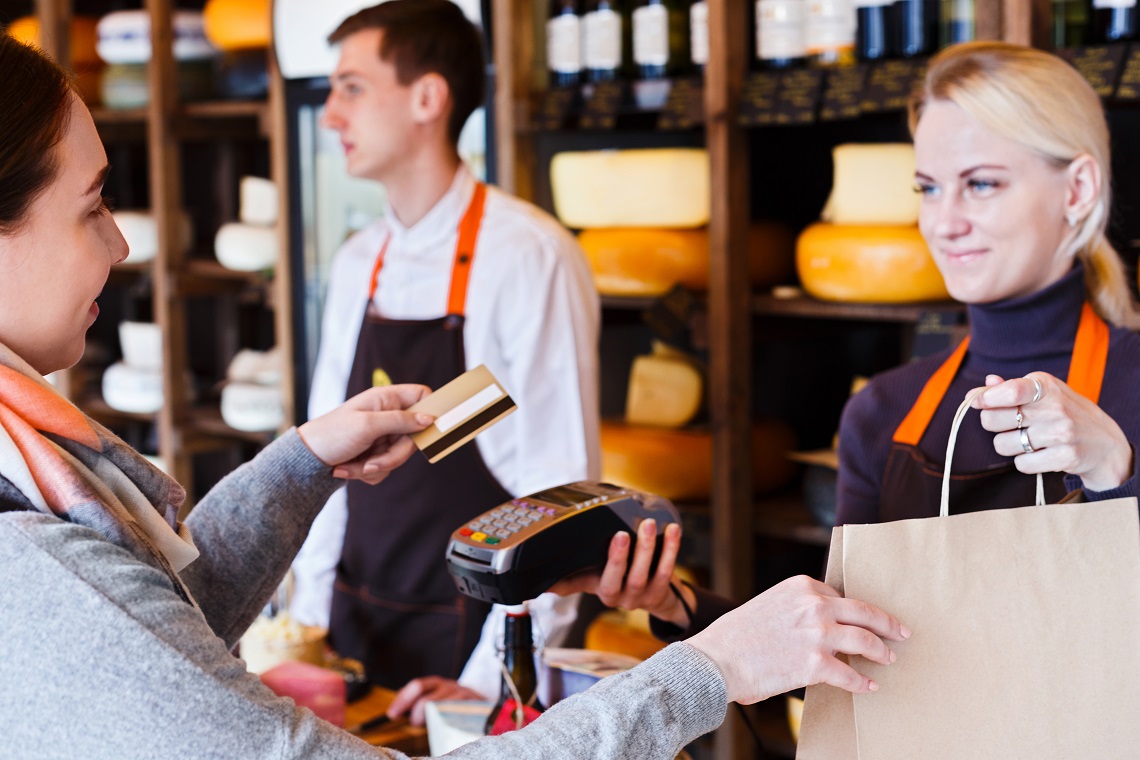In the December 2020 issue of National Liquor News, Norrelle Goldring writes about the results of an Illuminera study that reveals how shoppers are shifting to a new COVID normal.
Resulting from the bushfires and the COVID-19 pandemic there’s been a number of changes to consumer behaviour this year, including in liquor consumption and purchase. Below I’ve summarised the key findings from Project Hearth, an Illuminera consumer study that involved consumption diaries, focus groups, and a survey of 2,200 people in late October.
Buying bigger, better and local
The COVID-19 pandemic has had mixed impacts on consumers, creating something of a two-speed economy – those negatively financially impacted looking to save money wherever possible, and those less impacted with dollars they’re itching to spend that would normally have gone on travel, leisure and entertainment.
This is evident in the more than one in ten of our Project Hearth consumers buying more premium liquor brands and product variants than they did pre-COVID with 47 per cent now ‘likely’ to buy more premium versions. Yet conversely, 19 per cent are buying more private label and retailer brands and more than half (54 per cent) are buying more familiar or well-known brands, the result of the psychology of sticking to the familiar, tried and tested during times of uncertainty.
Working from home and the resulting increase in home liquor consumption for some, combined with the desire to reduce public contact through fewer shopping trips, means that one in eight of our Project Hearth consumers are buying more items per liquor store trip.
We have observed across all of our studies this year a consumer desire to support local businesses, with consumers saying they are shopping at local stores 30 per cent more often. Shopping is becoming hyperlocal, with more people supporting high street and local retailers and Australian and local brands, even if this is more expensive. So liquor stores have an opportunity to hyper-localise their range and promotions of craft beer, whiskies, gin and wine for instance.
Are we past peak alcohol consumption?
A number of parallels between snacking and liquor consumption were observed with regard to the consumption ‘bell curve’.
Of our Project Hearth sample of 2200 people, 21 per cent said alcohol consumption had increased compared to pre-COVID, 16 per cent said it had decreased, and 63 per cent said it remained the same. This was very similar to salty snacks and confectionery, both similar ‘treat’ categories.
Earlier in the pandemic, as a result of working from home, consumers were snacking not only more frequently but more indulgently out of boredom and needing a break but also as a treat and reward for not being able to go anywhere. However in the past few months, in a bid to lose the resulting ‘COVID kilos’ and because many now realise working from home in some fashion is likely to become permanent, consumers are now seeking out healthier snacking options.
This shift to healthier habits means it appears we have passed peak COVID liquor consumption. Whilst one in four said they were currently (as of late October) drinking more alcohol than pre-COVID, one in five said they are now drinking less. This aligns with the just over one in four drinking daily or more often, but the one in five drinking less often than weekly. And future alcohol consumption intentions see nearly one in four looking to decrease their consumption, albeit that 75 per cent expect it to remain at the same level. One in eight consumers said the biggest downside of COVID has been drinking too much alcohol, although for context – one in four said it was snacking too much, and one in five said it was snacking more indulgently.
We would expect this increased shift to healthier options to play out as a significant uptick in the nascent hard seltzer and hard kombucha categories, as well as in low and no alcohol wines and beers, even during the traditionally indulgent festive season.
You can find the full story with more insights from the Illuminera story in our December issue here.

